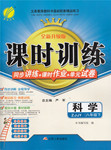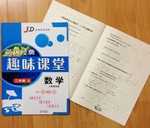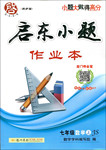题目内容
____ David showed the report to the public surprised me.
A.What B.That C.Which D.Who
【答案】
B
【解析】 略

练习册系列答案
 课时训练江苏人民出版社系列答案
课时训练江苏人民出版社系列答案 黄冈经典趣味课堂系列答案
黄冈经典趣味课堂系列答案 启东小题作业本系列答案
启东小题作业本系列答案
相关题目
题目内容
____ David showed the report to the public surprised me.
A.What B.That C.Which D.Who
B
【解析】 略

 课时训练江苏人民出版社系列答案
课时训练江苏人民出版社系列答案 黄冈经典趣味课堂系列答案
黄冈经典趣味课堂系列答案 启东小题作业本系列答案
启东小题作业本系列答案